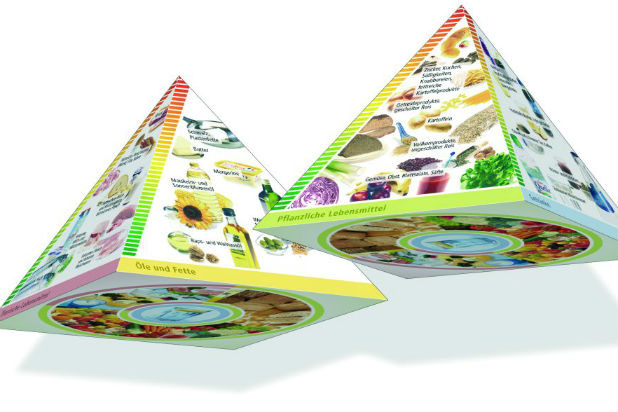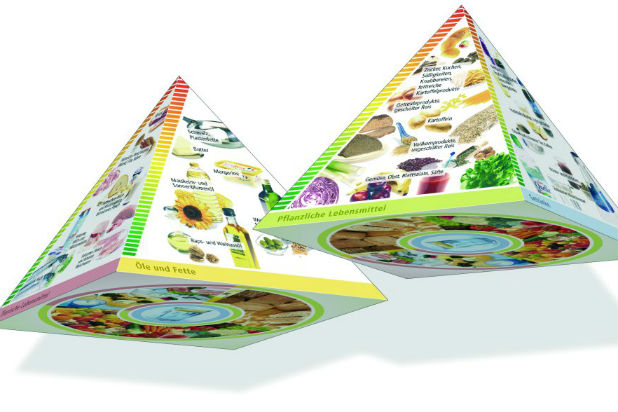Food Pyramids Around The World
The U.S. Food Pyramid may have gone the way of the dodo (in favor of the MyPlate option) but plenty of countries around the world are still actively using theirs to promote healthy eating guidelines for the public. A few countries do use an actual pyramid shape, similar to the American template but with a few bells and whistles added to reflect local food tastes. Other countries have thrown it out for something completely new and more reflective of the local culture.
Click here for more on Food Pyramids Around the World (Slideshow)
China, for example, has a food pagoda (no, it's not simply the regular food pyramid in a pagoda shape) that focuses on a varied diet but promotes legumes, soy, and sweet potato. Though the general sentiment may be the same as the old U.S. Food Pyramid, the pagoda is more culturally specific.
Germany, on the other hand, also uses a food pyramid... but they wanted to show off their technical skills with it too. They're using a 3D pyramid as an intricate digital creation with each side of the pyramid representing a food group, which is then broken down further into portion sizes for specific foods.
Regardless of what food pyramid your country uses, it's clear that the outline for what's healthy to eat and what isn't is similar everywhere... grains, fruits, and vegetables are good, alcohol, soda, and processed food is bad. But many food pyramids tailor that breakdown to fit the eating habits of that specific region and culture, the food available to that population, and how much or little guidance the government feels people need in order to eat healthily.
Read on to see what kinds of food pyramids people are using as a dietary guideline around the world.
3D Food Pyramid — Germany
The German food guidelines are a technological marvel. By upgrading the traditional food pyramid to a 3D design, they can incorporate much more detail on the food groups as well as more information on their 10 nutritional guidelines. Each side of the pyramid is broken into a separate food group, which is then broken further into units to show the suggested intake for each food collection. It also works with ratios between proteins, fats, and carbohydrates so each meal can be balanced appropriately, regardless of how much you're eating as a whole.
Food Stairs — France
The French have a staircase with nine stairs/rules. The foods you should eat the least of are at the bottom of the stairs, and those you can eat the most of are at the top of the stairs. There's also a tap with running water at the top of the stairs to emphasize hydration... like the fountain of life! There's also an accompanying magnifying glass which shows you which foods you should be eating very little of (sugars, processed foods, etc.). Don't forget the happy family running to the top of the stairs: exercise is the key to healthy diets. The guidelines also recommend eating starchy foods depending on your appetite, so eat a lot when you're hungry and stop when you aren't... that's the hallmark of French eating.
Read on for more about Food Pyramids Around the World
Serusha Govender is the The Daily Meal's Travel Editor. Follow her on Twitter @SerushaGovender

